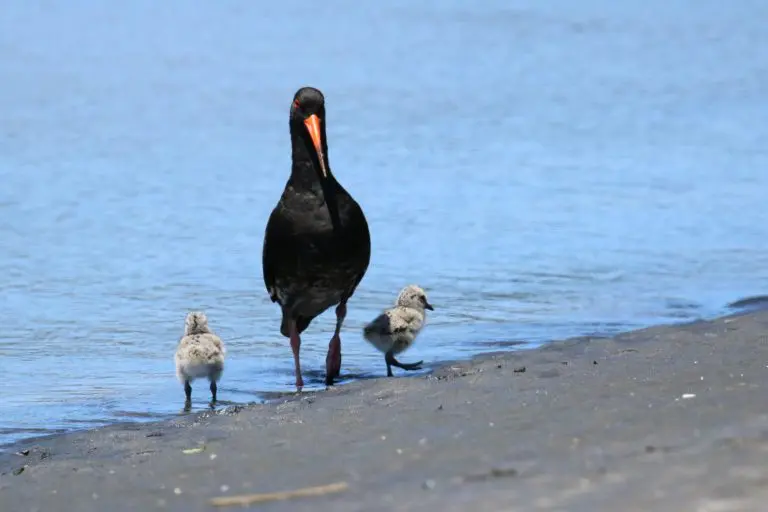Shortly after accepting the Blake Ambassadorship, I started my new job doing GIS mapping and data analysis for Central Districts Pest Control in Napier. In university, we spent around a week learning about the predators of our native species and the forms of pest control we use, we then spent part of one lab learning about how to set traps and check tracking tunnels and that was it. It wasn’t until I started talking to people in conservation that I realised how big of an issue introduced mammalian predators were. From working at my new job, I got an insight into all the toxins, traps and detection methods there are and how complicated of an issue pest control really is.
Most people believe our shorebirds are fairly safe from predation because we don’t have any beach based mammals. Going out to the spit after a heavy rain and seeing a heap of mammalian footprints in the firm sand leading up to and going through the fenced off area was incredibly concerning. Following a set of stoat footprints from the fence line right up to an oystercatcher nest only interrupted by a myriad of oystercatcher footprints was heart stopping. Luckily the parents protected their nest successfully but the same fate is not guaranteed for all birds, chicks or eggs.
While in Port Waikato we helped fix up some Tims, DOC200s and DOC250s to bait and set out in the dunes to try and stop some of the predation of our very vulnerable nesting birds. We also helped check and rebait two other trap lines. The major predators out on the beach are mustelids such as weasels and stoats, cats, rats, dogs and the biggest issue is actually hedgehogs. Unfortunately, these spikey balls of cuteness that are oh so good for your garden, also like to munch back a heap of native insects, skinks, geckos and eggs amongst other things, and much like all our other mammalian predators, are quite capable of surviving in the dunes.
The destruction of these pests is not pretty, it’s not cute or photo-worthy, it doesn’t make you feel warm inside but it does make a huge difference in the survival rates of our native wildlife. It’s easy to see just by stepping inside a predator proofed sanctuary, however, these fenced off or island sanctuaries are too few and far between and we all need to do our part to strive for Predator Free 2050 in order to give our wildlife, from our birds to our bees, the best possible chance of survival.

Shelley Ogle
BLAKE DOC Ambassador 2017


